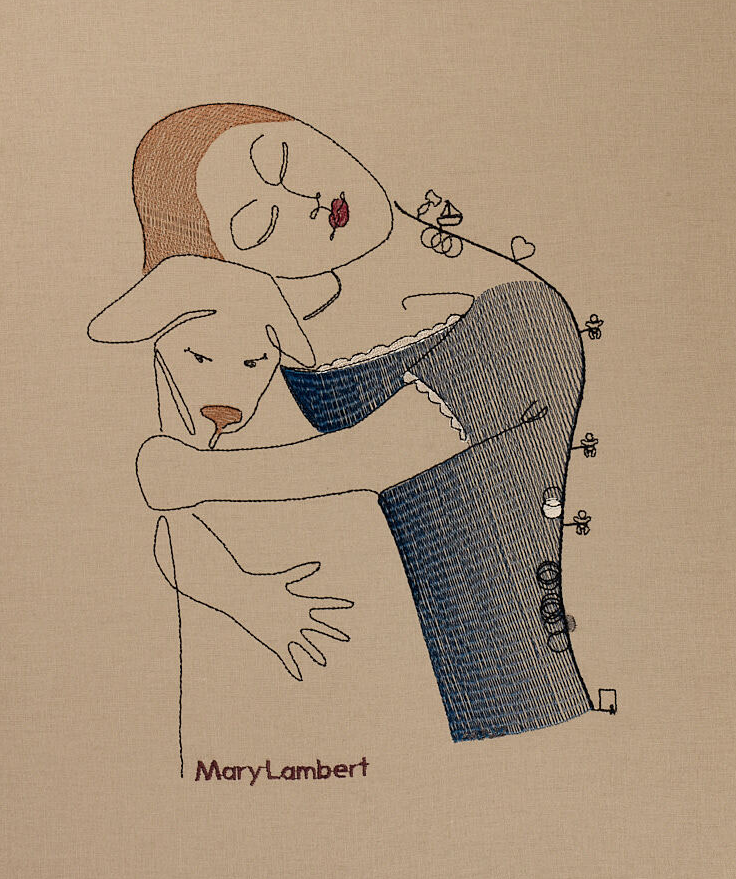A Stitch in Time: Using Data Embroidery to Tell Australian Convict Stories
Monika M. Schwarz, Kim Marriott, Jon McCormack, Hamish Maxwell-Stewart
Room: 105
2023-10-23T03:00:00ZGMT-0600Change your timezone on the schedule page
2023-10-23T03:00:00Z

Abstract
The Stitch in Time project extends a traditional browser-based visualisation, the LifeLines, by creating physical data embroideries from a subset of the data. The LifeLines visualise the individual life courses of over 13.600 nineteenth century Australian convict women, according to their paper trail left behind in the Colonial Archives. In this project we created 18 embroideries of 21 convict women, based on a sketch inspired by a specific bit of information in the woman's life, and then integrating the data of her lifeline into the embroidery. This way we use a novel approach to show convict women, of whom little imagery has survived. By exhibiting the embroideries in the Penitentiary Chapel in Hobart, Tasmania, we hope to arouse interest in the largely forgotten lives of this first coerced generation of European settlers. We use the unusual medium of embroidery on fabric because they both are tightly connected to the daily experiences of convict women. This way, we hope to create new access points to historical data by extending traditional data visualisation using this specific form of data physicalisation.